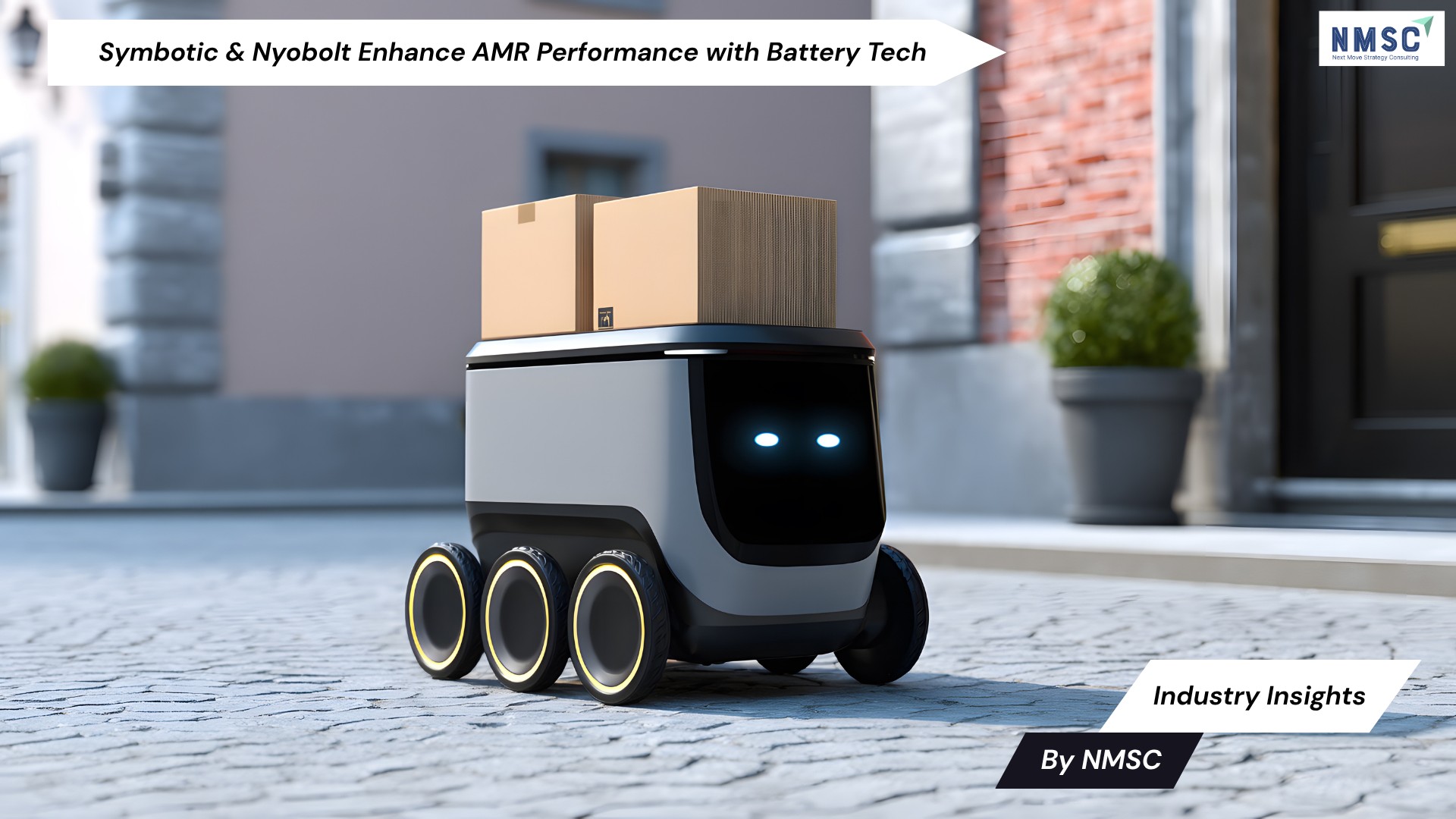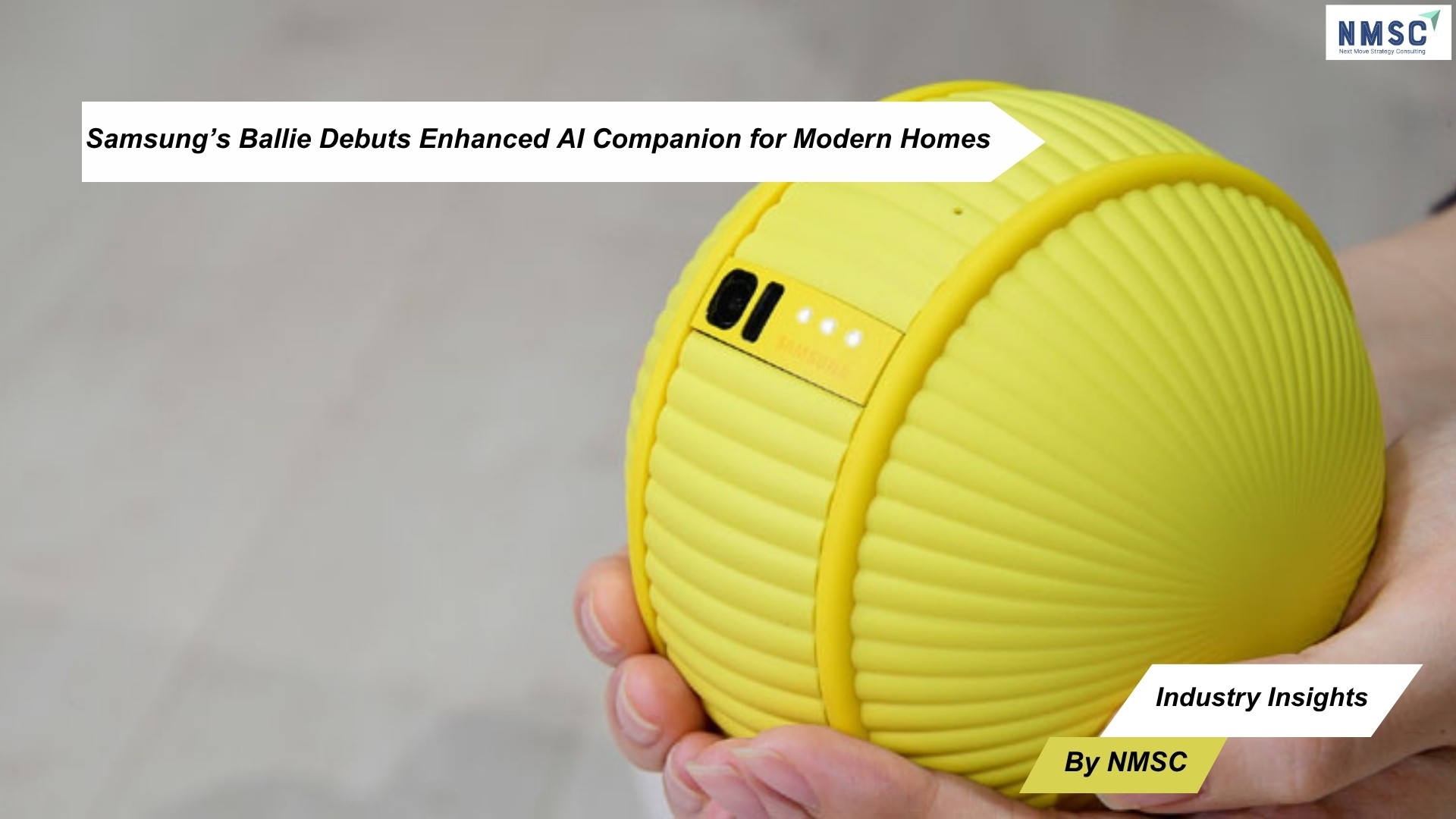Asia-Pacific Delta Robots Market is expected to reach USD 3.86 billion by 2030
Published: 2025-01-20
The demand for delta robots within the food industry and flourishing manufacturing sector are driving up demand for the Asia-Pacific Delta Robots market during the forecast period.
Asia-Pacific Delta Robots Market was valued at USD 1.53 billion in 2022, and is predicted to reach USD 3.86 billion by 2030, with a CAGR of 11.35% from 2023 to 2030, according to new research by Next Move Strategy Consulting.
The thriving manufacturing sector in the Asia-Pacific region, which includes economic giants such as China and Japan, plays a crucial role in driving the need for delta robots. These robots are highly sought after for their ability to enhance operational efficiency and productivity across a wide range of industries. Their precision, speed, and adaptability make them indispensable tools for streamlining processes, cutting production costs, and ensuring consistent product quality.
As the Asia-Pacific region continues to assert its dominance in global manufacturing, the demand for delta robots remains strong, solidifying their status as essential assets for businesses aiming to stay competitive and achieve operational excellence.
However, the market faces a significant hurdle in its growth due to the high price of delta robots. Although these robots are renowned for their precision and efficiency, their cost can be a deterrent for many businesses, particularly small and medium-sized enterprises (SMEs).
Furthermore, the extended time required to achieve a return on investment (ROI) because of these substantial upfront expenses can discourage companies seeking immediate cost savings and efficiency improvements. This situation not only hampers the market's expansion but also contributes to market consolidation, as only larger corporations can afford and benefit from this advanced automation technology.
The delta robot market has a substantial opportunity for growth by incorporating advanced technologies like computer vision and artificial intelligence (AI) to elevate precision. These state-of-the-art technologies empower delta robots to operate with greater accuracy and efficiency, opening up new possibilities for applications across diverse industries.
Combining computer vision and AI doesn't just improve precision; it also increases overall productivity while reducing errors in manufacturing. This can save costs, enhance product quality, and make businesses more competitive when they use delta robots with these advanced technologies. As industries keep adopting automation and need more precision and flexibility, the delta robot market is poised to gain substantially from integrating computer vision and AI.
Request for a Sample PDF on the Asia-Pacific Delta Robots Market
According to the report, leading players in the Asia-Pacific Delta Robots market include ABB Ltd., Fanuc Corporation, Kawasaki Heavy Industries Ltd, Yaskawa Electric Corporation, FESTO, Weiss GmbH, Omron Corporation, IGUS GmbH, Cama Group, and KUKA AG.
Key Insights from the Asia-Pacific Delta Robots Market Report:
-
The information related to key drivers, restraints, and opportunities and their impact on the Asia-Pacific Delta Robots market is provided in the report.
-
The value chain analysis in the market study provides a clear picture of the roles of each stakeholder.
-
The market share of players in the Asia-Pacific Delta Robots market is provided in the report along with their competitive analysis.















Add Comment